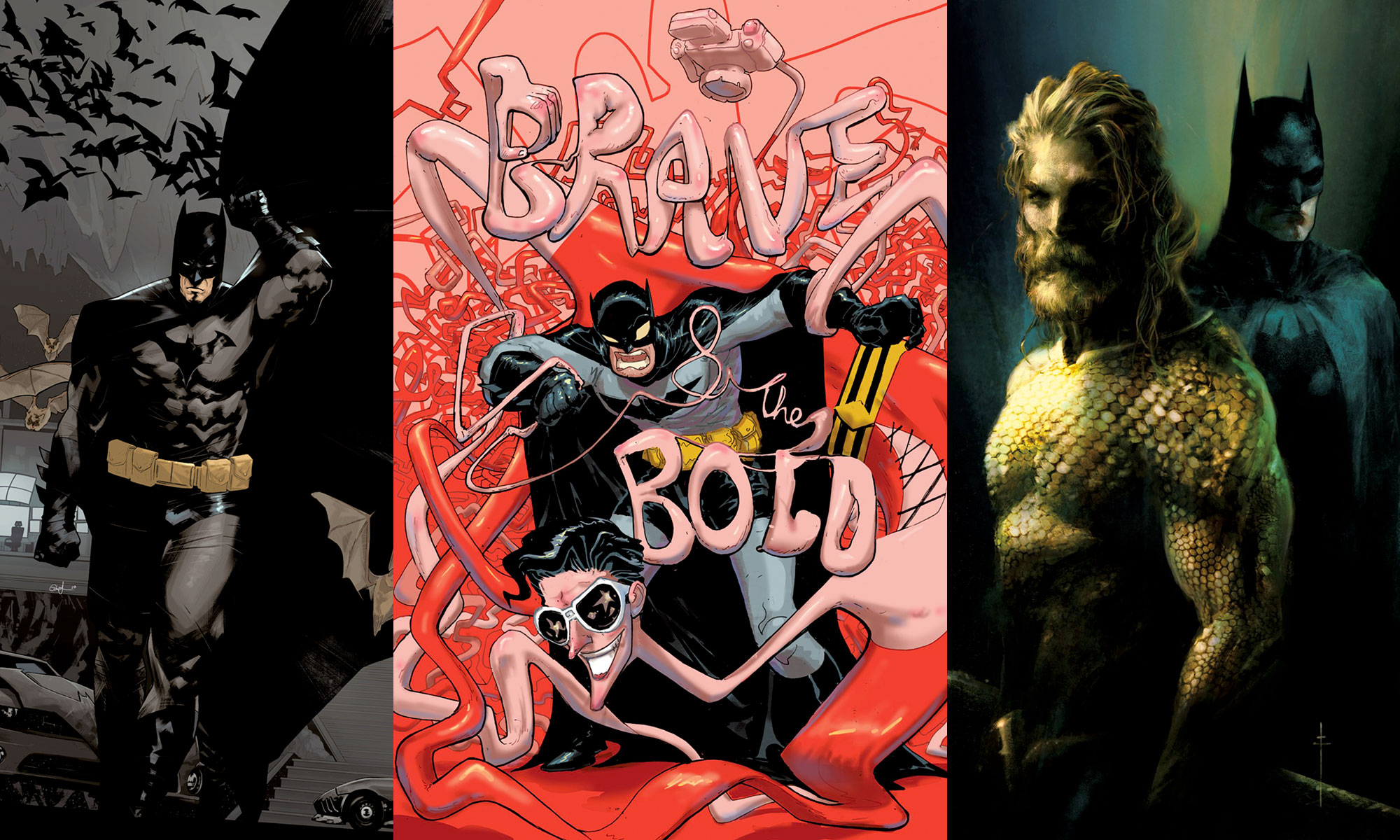To paraphrase Vince Gilligan who is probably paraphrasing someone else, “I don’t enjoy writing so much as I enjoy having written.”
Part of that is because I can see how the finished product came out versus my grand plans at the conceptual stage, figure out where I could have improved, and make the next thing that much better.
To that end, since it’s now available for reading on DC Universe Infinite, I thought it’d be fun to do some quick notes on my Batman/Plastic Man story from Batman: Urban Legends #15, “Bending the Rules.”
This is both for readers who may want insight into the comic-making process and my intentions, and also for myself to take a more critical look at the final product.

Page 1
Two things immediately jump out to me here — Pat Brosseau’s used his own font instead of something you typically see in a Batman book, and I love it. Also, artist Jason Howard keeping Batman in shadow for the whole first page is a great choice.
Some Easter eggs here: the first is obvious, which is that “Dixon Shipyard” is obviously a reference to longtime Batman scribe Chuck Dixon. I believe originally it was in the script as “The Gotham City Docks” or something and at the request of Editorial I gave it a real name.

The second is the character upon which this story centers: Brad Sampey. Brad is based on a very real friend of mine. He’s got the build of a bouncer, very tall, very imposing. He’s a huge Batman and DC fan, and a very long time ago he told me it was his dream to be a bodyguard to the Penguin.
And so in my first DC story, “Catwoman: Pedigree” from the DC New Talent Showcase 2018, I made it happen. Unfortunately, in that tale, the Penguin riddled him with bullets in an attempt to take down Catwoman and Robin.



